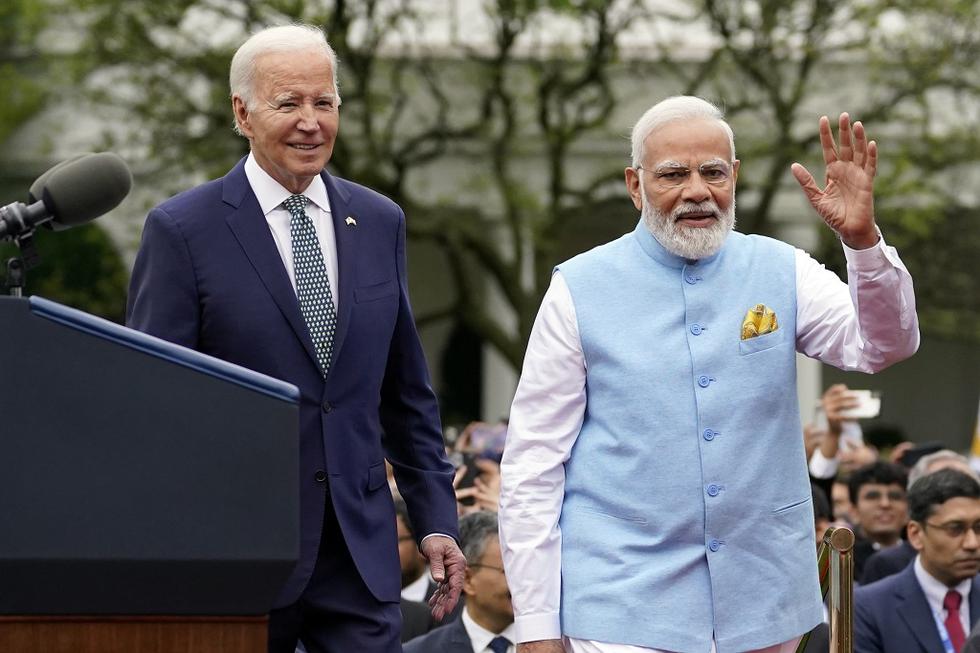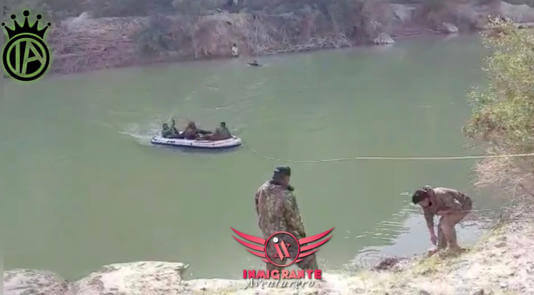Ambuj Sahu

In a joint press conference with President Joe Biden on June 22, India’s Prime Minister Narendra Modi remarked that “even the sky is not the limit” for U.S.-India cooperation. India’s state visit is nothing short of historical, considering the widespread craze for Modi’s charisma as well as the number of agreements signed across various sectors like defense, semiconductors, critical minerals, space, climate, education, healthcare, and more. Out of all of those, the proposal to jointly produce the GE F-414 jet engines stands out. This is because only four countries—the United States, the United Kingdom, Russia, and France—can make jet engines. Manufacturing behemoth China is yet to crack it. The jet engine technology is so precious that the United States has been careful to share it even with its allies. This, however, is about to change.
General Electric has signed a memorandum of understanding with India’s Hindustan Aeronautics Limited (HAL) to co-produce the GE F-414 engine for the Indian Air Force. While GE is pursuing necessary export authorizations with the U.S. government, the agreement is set to usher in a new phase of defense cooperation between Washington and New Delhi.
In the last six months, both countries have been working through the initiative for Critical and Emerging Technologies (iCET) to set channels for strong private sector cooperation in technologies of strategic consequences. When Secretary of Defense Austin visited New Delhi, India and the United States also agreed on a Defense Industrial Cooperation Roadmap. The jet engine deal marks the beginning of a promising collaboration on defense innovation and technology cooperation. It is also a significant step towards settling the two fundamental differences in an otherwise thriving defense relationship. First, the United States wants to increase military sales to India, while the latter presses on technology transfers for indigenization. Second, India’s role as a maritime power has been central to U.S. interests in the Indo-Pacific, while India has prioritized the land border with China. The GE jet engine deal shows how both countries can balance these mutual concerns.
From Buyer-Seller Relationship to Co-Production

















